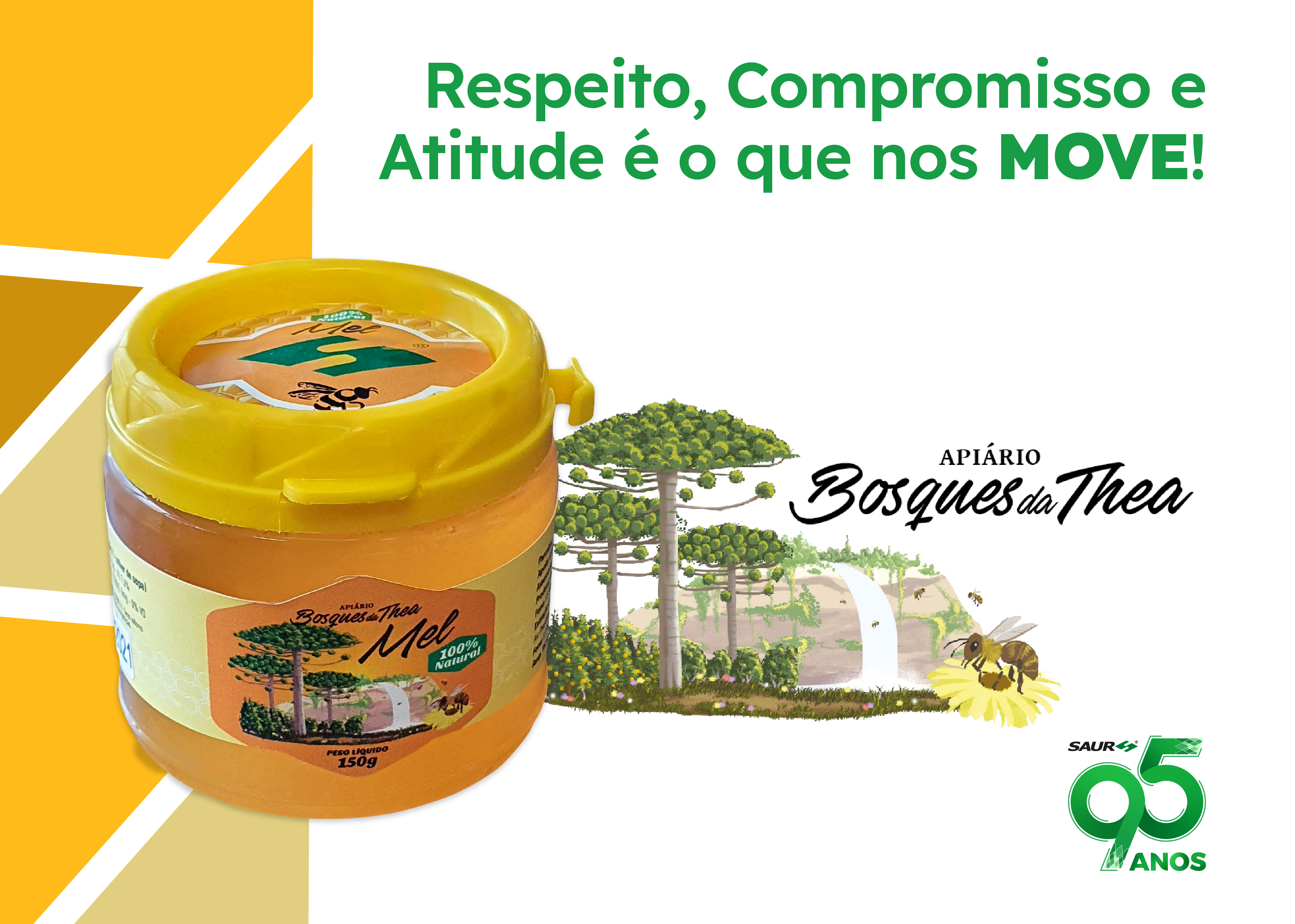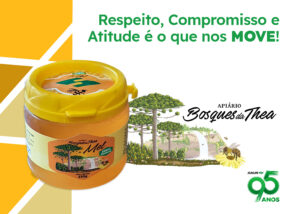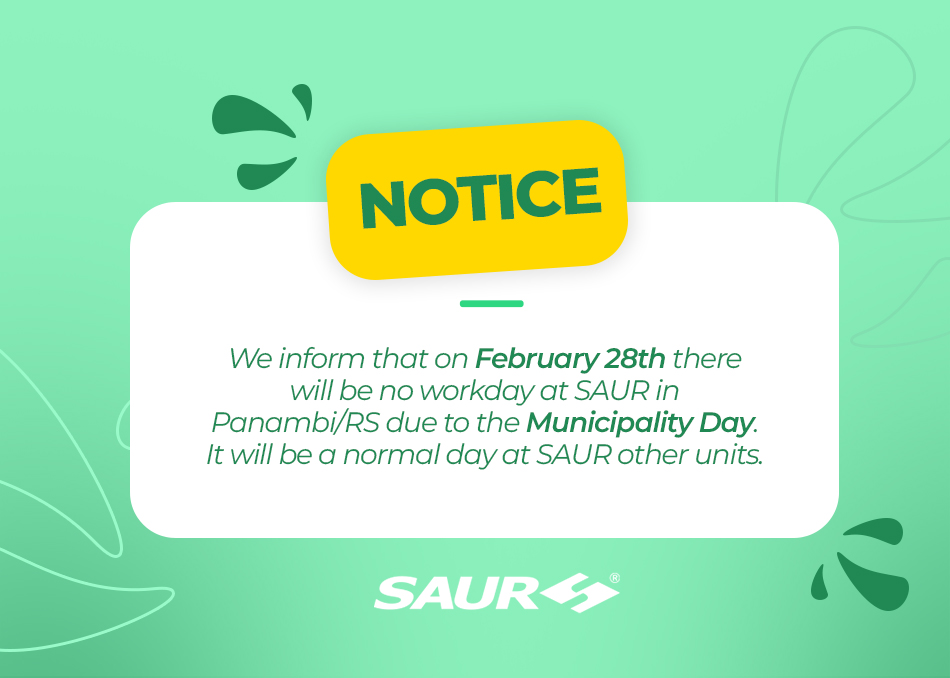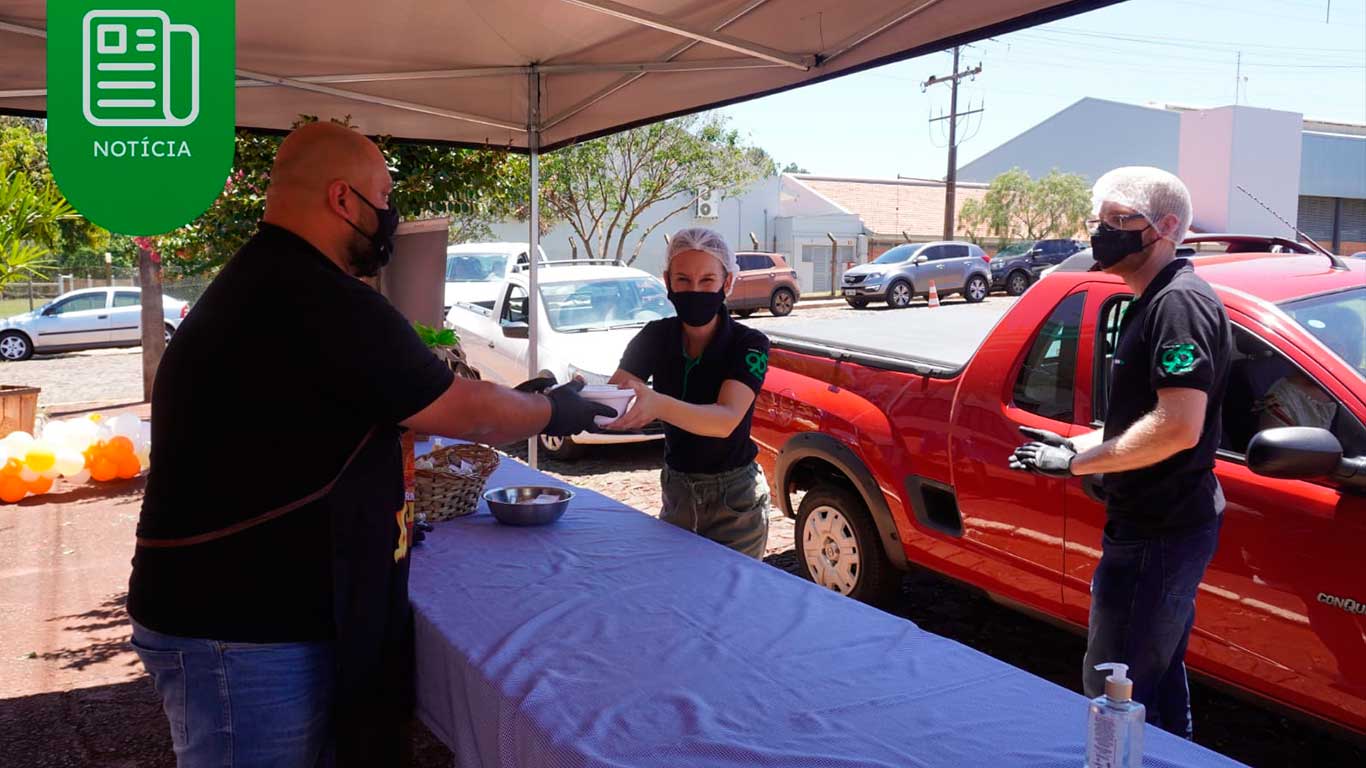May 20th: World Bee Day
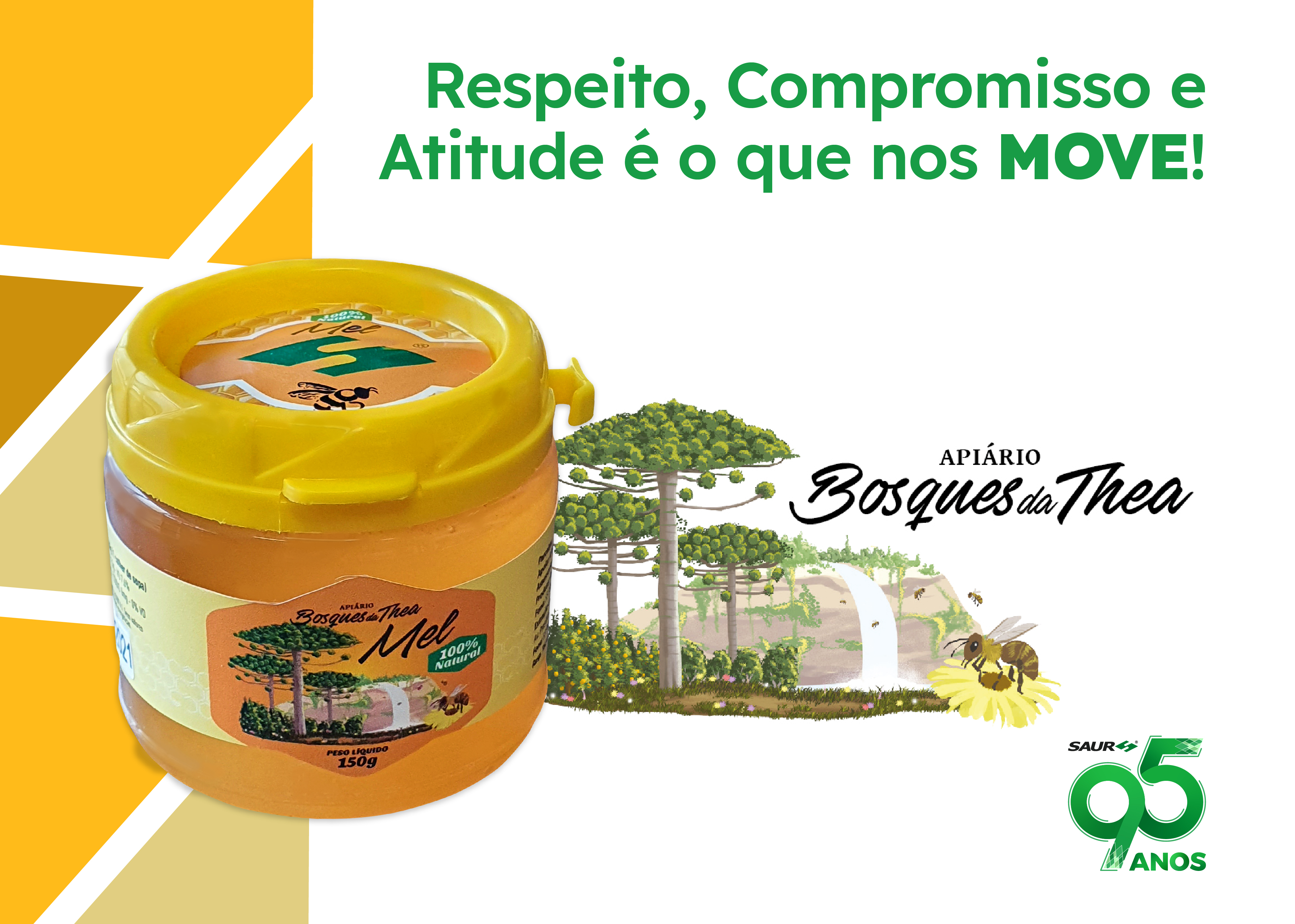
Today is the WORLD BEE DAY and, to honor this date, we want to share the story of BOSQUES da THEA, where excellent quality and taste honey is produced.
BOSQUES da THEA was created to continue the legacy of love and respect for the environment left by Mrs. Dorothea Bachimont Saur, wife of Mr. Ernesto Otto Saur, son of the founder and who ran the company until 2016.
Managed by the family, BOSQUES da THEA is located near the reforestation area maintained by SAUR Equipamentos S.A. and currently produces vegetables, fruits and honey.
Honey is a natural product made from flower nectar and bee excreta. To guarantee the organic quality of the honey, the apiary of BOSQUES da THEA opted for the formation of bee pastures with flowerings of canola, lupine, buckwheat, turnip, sunflower, cow vetch, sunn hemp and alfalfa. This standardization of plant species that provide nectar to bees, guarantee the aroma and flavor in all seasons of the year. With blooms close to the boxes, the bee is prevented from looking for blooms that may be contaminated by pesticides. The Apiary BOSQUES da THEA has Apis Mellifera (European and African) and Melipona (Jataí) bees.
In addition to being a natural sweetener, honey has an antimicrobial action, capable of protecting against diseases. It is good for sore throat, respiratory problems, bowel, skin, in addition to having an antioxidant action, this product also reduces the risk of urinary infection, improves sleep and helps you relax.
Recent studies conducted by the University of Oxford, UK, attested that honey acts against cold symptoms, such as cough and sore throat. This study involved more than 1700 people, concluding in their research that this food can be as or more effective than antibiotics, as they show in studies that bacteria do not create resistance to honey.
In addition to BOSQUES da THEA, the beautiful gardens of our company are also the result of the legacy of Mrs. Dorothea Bachimont Saur. BOSQUES da THEA stimulates the preservation of fauna, through a large number of birds of different species, pampas deer, hares, howler monkeys, ocelots, coatis, squirrels and other species of the native fauna of Rio Grande do Sul. Also, it features a considerable number of water springs that form small streams and also a waterfall over 5 meters high, stimulating the preservation of springs.
Respect, commitment and attitude is what moves us!

